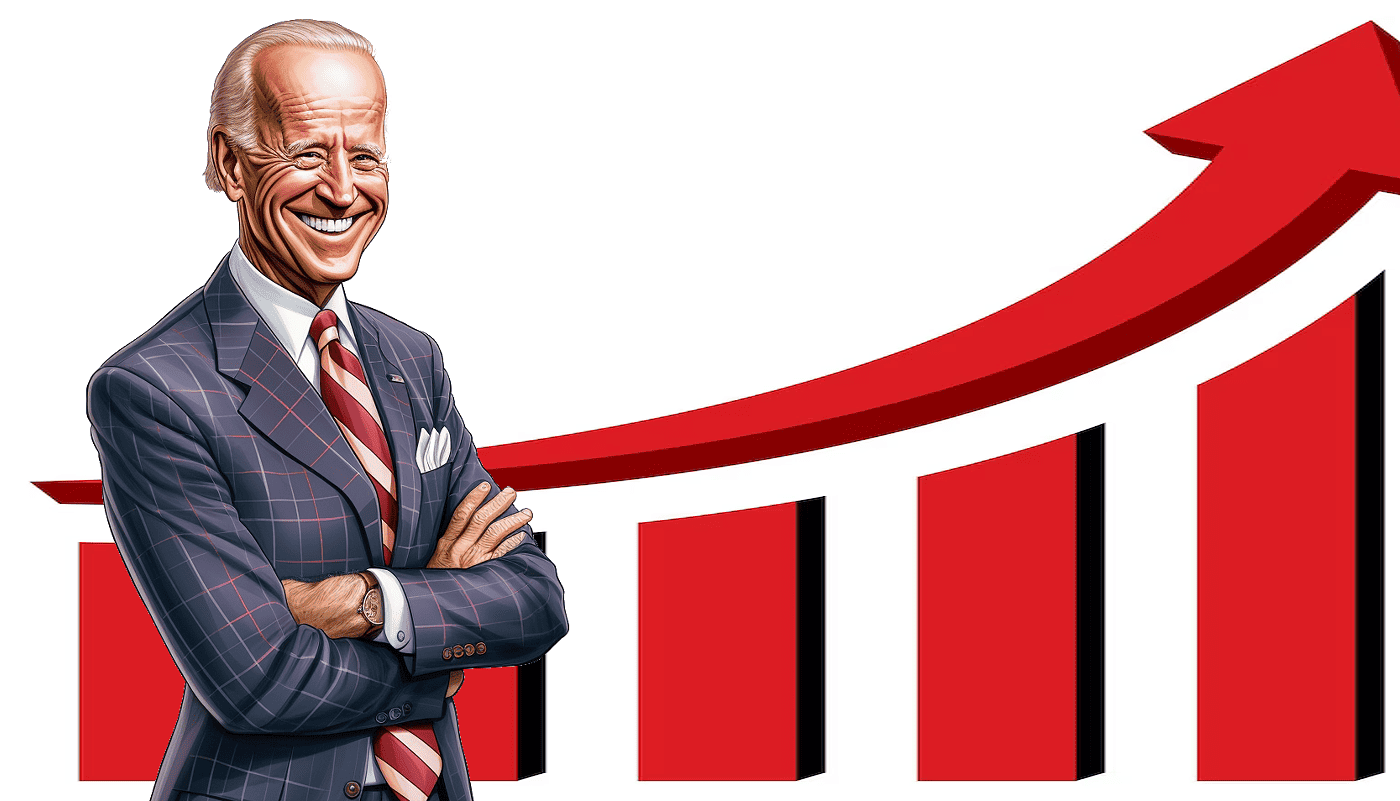


The federal budget and debt ceiling standoff was resolved last week, but any long-term resolution was superficial. Despite Speaker McCarthy’s ebullience, nobody who understands the federal budget should see this as a victory for anything other than the status quo. And that means more federal debt.
A simple review of the numbers tells us why.
I am not sure when this practice started, but when the DC establishment wants to sell the public on one of the many budget deals that leaders of both parties have agreed on, they always tout the savings over a long period of time. Typically this is over ten years to make the number look larger. But it is a meaningless practice, and it is true now more than ever. All the numbers that follow come from historical tables at the Office of Management and Budget (OMB) website.
In federal fiscal year 2019 (FY19), outlays (spending) were $4.45 trillion. In FY22 they were 41% greater, at $6.27 trillion. This latter number is the basis for the “deal” that offers modest cuts to the non-defense discretionary portion of federal spending but barely touches “mandatory spending.” According to OMB this so-called mandatory and related spending was 73.5% of total outlays in FY22. The problem is that the spending is only called “mandatory” because it is programmatic and formulaic, running on autopilot. It is for items such as Medicare, Social Security, Medicaid, Children's Health Insurance, Indian Health Service, Food and Nutrition Assistance, the Earned Income Tax Credit, Child Tax Credit, and many other items. So the DC establishment has made many things not enumerated in the U.S. Constitution “mandatory,” and made things that are, like national defense, “discretionary.”
Democrats claim that we have a revenue problem because higher income groups don’t pay enough taxes. But federal revenue doubled from 2012 to 2022, which means we have a spending problem, not a revenue problem. In FY12 federal revenues were $2.45 trillion and in FY22 were up to $4.90 trillion. This came to 19.6% of Gross Domestic Product (GDP) in FY22. In only three years in U.S. history has revenue as a percentage of GDP been higher, with the peak in 1944 at 20.5%. Keep in mind that the economy was nationalized for a two-front war effort and the top marginal individual tax rate was over 90% during WWII.
When you look at the spending for FY22, you will see that it was 25.1% of GDP, down from the peak Covid years of FY20 and 21. Before Covid, only World War II had a number higher. Just as an aside, when Bill Clinton left office, federal spending was 17.7% of GDP. Was the government intolerably small under Clinton? And given that federal revenues are now well over 17.7% of GDP the deficit would disappear and we would be paying down debt if we returned to Clinton-era spending levels.
If this doesn't amaze you, consider that we are spending more in federal programs, as a percentage of GDP, than we were at the height of the Vietnam War. That was when President Lyndon Johnson was simultaneously growing the Great Society. In 1968 federal outlays were 19.8% of GDP.
So how does this square with the Congressional Budget Office’s estimate that the McCarthy-Biden budget-debt deal will save $1.5 trillion over the next decade? Well, for starters, that is an average savings of $150 billion per year against an overall spending budget of over $6 trillion per year. That’s perhaps two percent of spending. But keep in mind that spending has increased 41% since FY19, so cutting it a couple of percentage points is not impressive. And we can be sure that despite any claims about savings, the total federal debt will be trillions of dollars higher in two years.
How does Idaho fit into this mix? Total grants to state and local governments increased from $545 billion in FY12 to $1.193 trillion in FY22, a 119% increase. That includes literally hundreds of line items, from Medicaid to Community Development to the Indian Guaranteed Loan Program. Our total national Gross Domestic Product only increased 55% during this time period. So state and local governments are feeding off of this borrowed largesse.
The overarching problem is that when Democrats make programmatic gains in the size and reach of government, they don't later give them up. Which leaves two categories of Republicans: those that understand this and don't pretend otherwise, and those that bury their heads in the sand. The former group needs to stand up and fight.

